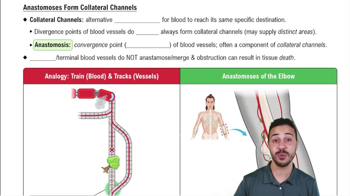Which of the following statements about accessory organ secretions is not true?
a. Hepatocytes produce bile, which drains out of the liver via the common hepatic ducts.
b. Saliva contains secretory IgA and lysozyme, which play an important role in preventing the growth of pathogenic bacteria in the oral cavity.
c. Pancreatic juice contains digestive enzymes and bicarbonate ions to neutralize the acidic chyme.
d. The gallbladder produces bile, which drains out of the gallbladder via the cystic duct.




